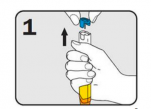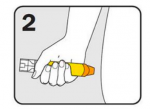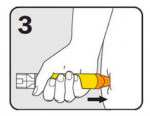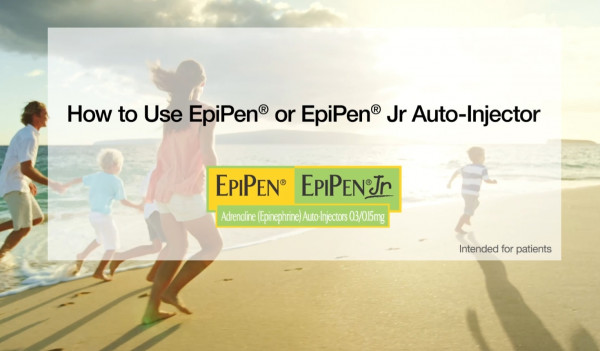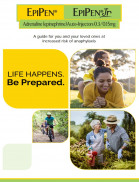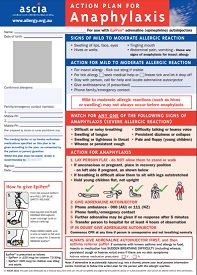An EpiPen® is an auto-injector device that has a pre-filled syringe fitted with a needle and contains a single dose of adrenaline (also called epinephrine) for injection into your muscle. It's used in an emergency to quickly treat anaphylaxis – see signs of anaphylaxis.
EpiPen auto-injectors are easy to use and can be used by anyone – parents, caregivers, passers-by or the allergic person themselves (if they're able to).
The EpiPen is designed for emergency first-response therapy only and isn't a replacement for emergency medical or hospital care. You must still call an ambulance (on 111) or be taken to hospital for observation, even if you feel much better.
Each EpiPen contains a pre-measured dose of adrenaline and can only be used once.



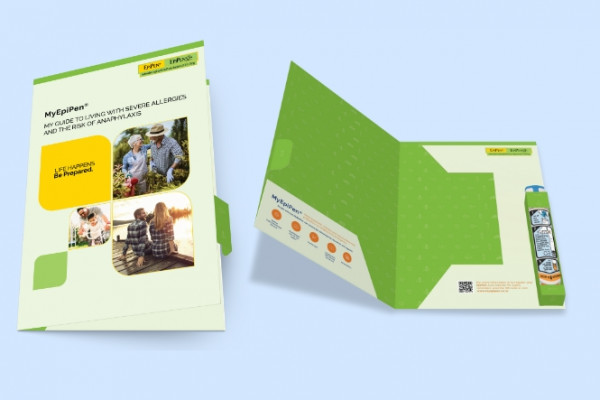 Image credit: Viatris, 2024
Image credit: Viatris, 2024